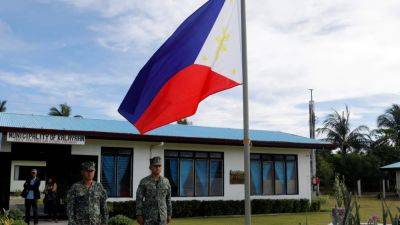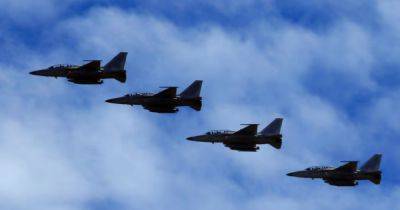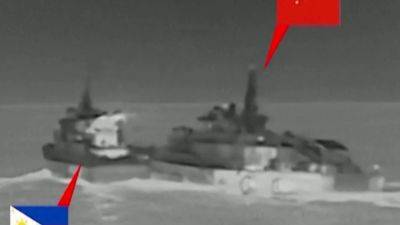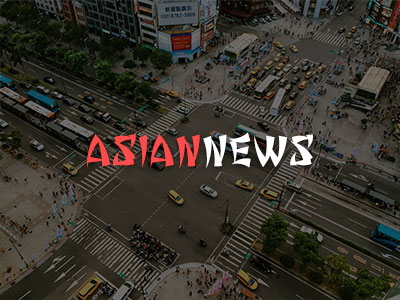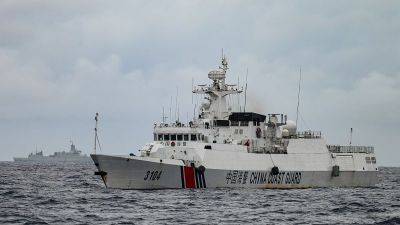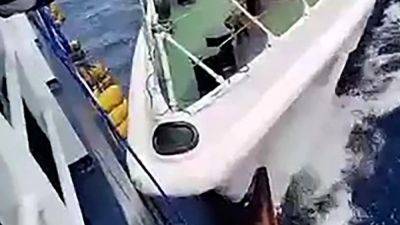South China Sea: when should Philippines invoke its US Mutual Defence Treaty?
In the aftermath, the US State Department issued a statement reminding Beijing “that Article IV of the 1951 US-Philippines Mutual Defence Treaty extends to armed attacks on Philippine armed forces, public vessels, or aircraft – including those of its coastguard – anywhere in the South China Sea”.
Adding to the tension, Samuel Paparo, commander of the US Indo-Pacific Command, suggested on Tuesday that US ships could escort Philippine vessels on resupply missions in the South China Sea, calling it an “entirely reasonable option” that would still require consultation between the allies.
The US has previously said it “will do what is necessary” to support Philippines resupply missions.
Yet, Philippine military chief Romeo Brawner remains resolute in pursuing an independent path. “While we can do it by ourselves, we will do it,” he said.
Monday’s collision and other recent clashes – such as the alleged disabling of a Philippine fisheries vessel by the Chinese coastguard on Sunday – were “serious and concerning”, said geopolitical analyst Matteo Piasentini.
“The Philippines referred to the incident as ‘dangerous manoeuvring’, which doesn’t necessarily meet the definition of an ‘attack’ under the … treaty,” Piasentini, a lecturer at the University of the Philippines’ political science department, told This Week in Asia.
“The Philippines must be allowed to be trained in combined fires, interdiction, intelligence, surveillance, reconnaissance” and missile detection capabilities to ensure it “can use these for conventional deterrence … [or in] a fight against Chinese missile strikes,” Espeña said.
The Philippines’ national maritime council has urged China to “return to the path of constructive dialogue” and said Manila would continue


